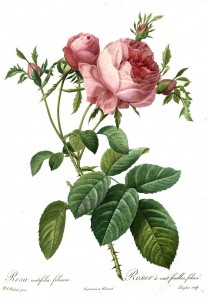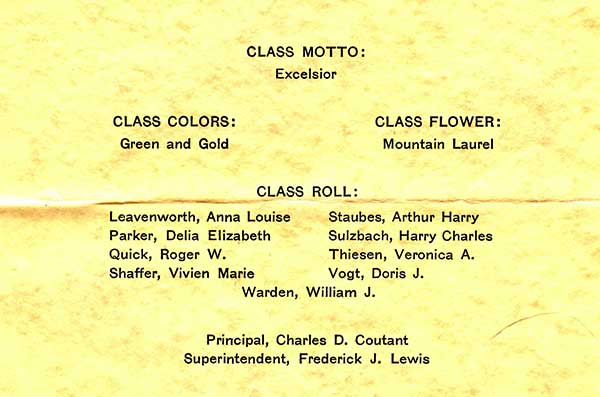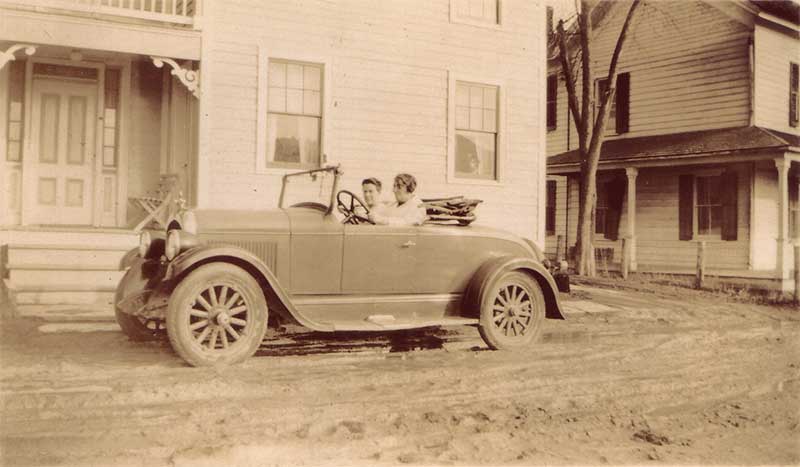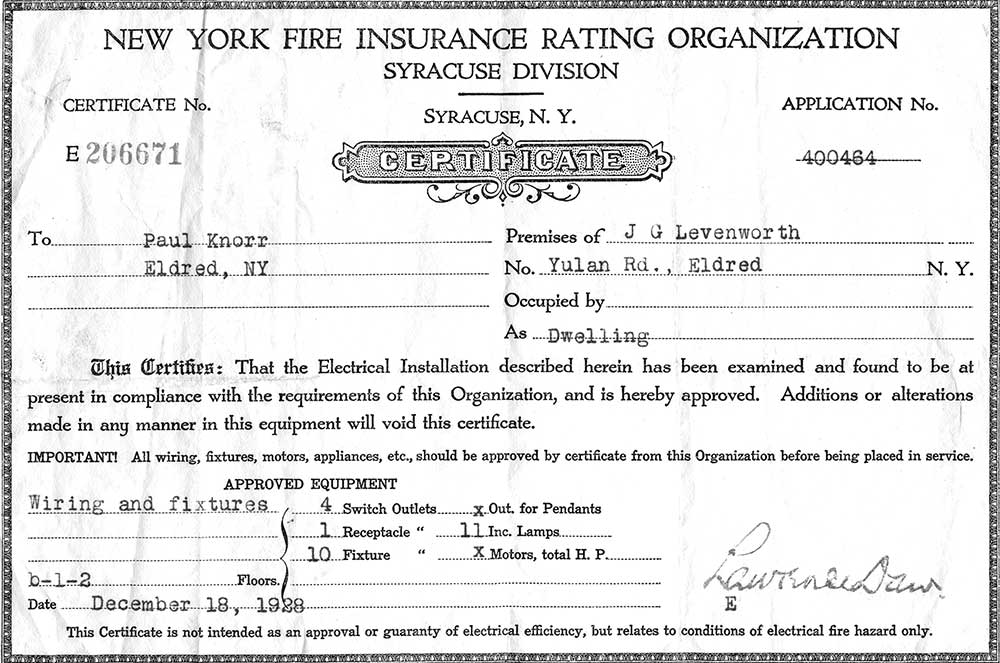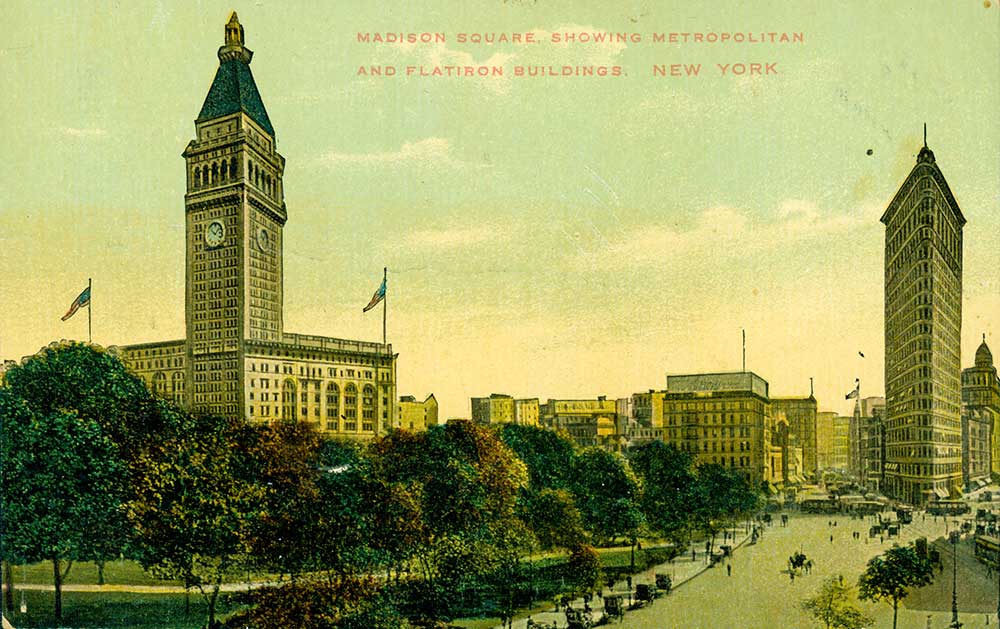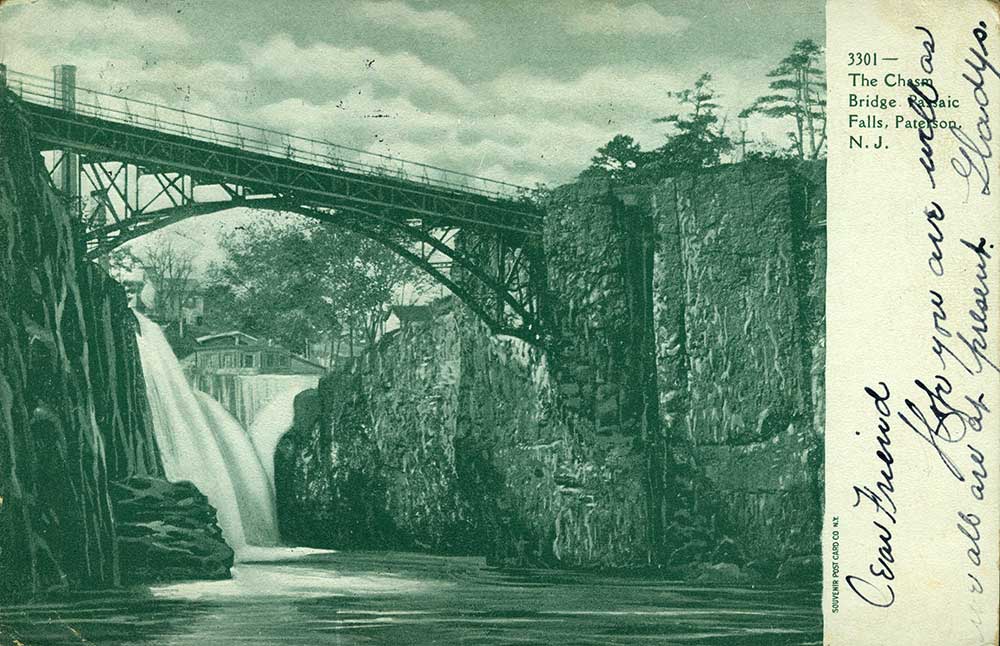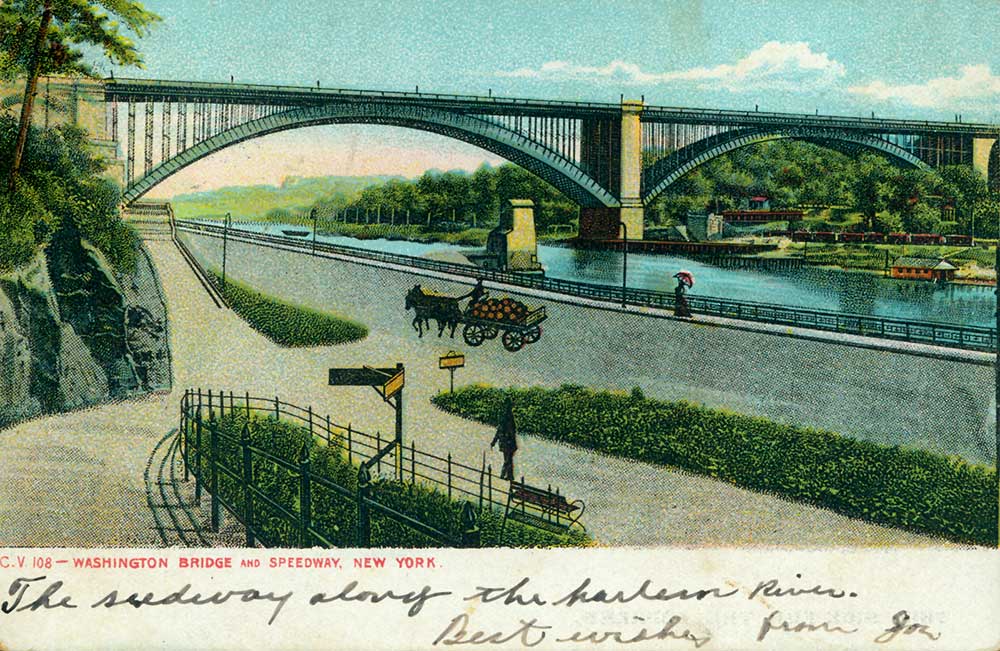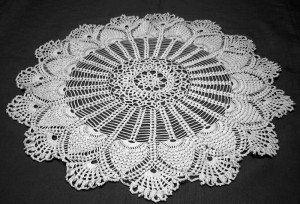
August through October 1932
August 1932
During August Garfield worked on Lou Kelley’s porch. Frank Sergeant screened the porch. Garfield put steps in and rails, which Ella painted. Garfield also put in the front walk.
In August the Ladies’ Aide Auxiliary held Church Fairs. Ella and the ladies in town worked all year making items to sell. When Mary Sergeant stopped by, Ella sent some of her crocheted work to be sold at the fair.
Towards the end of the month Ella canned 32 quarts of corn. Anna and Clara got a few apples from the old Echo Hill Farm which were not much good. Aunt Anna Leavenworth was at the Leavenworths for the day on Tuesday. They canned 68 quarts of corn. Garfield and Aunt Anna husked it. (Garfield put more shelves in the cellar for the cans.)
Anna took her mother’s film to Mr. Krause in Port Jervis. (She got the photos back September 1.) The last day of August, an eclipse covered 95% of the sun.
September 1932
During the month of September Ella canned: 124 quarts of peaches, 76 quarts of tomatoes from their garden, and 27 quarts of apples. Garfield cut the millet and sowed grass seed on the front lawn close to the house. He cut down the cornstalks. They had picked 2,034 ears of corn total for the season.
Garfield and John Dunlap drew hay from Kelley’s. They also plowed a garden patch in Garfield’s meadow. Garfield worked on the walk to the back door, put curbing by the bay window, and cut wood in their woods.
Ella received a package from Sears with sport shoes for her girls and Garfield’s chambray shirting. School started on Monday, September 12. Ella painted the kitchen.
Towards the end of the month Mr. Avery was in to pay the balance of $2.15 on his egg bill. Ella bought two small hams from the A&P. Continue reading

